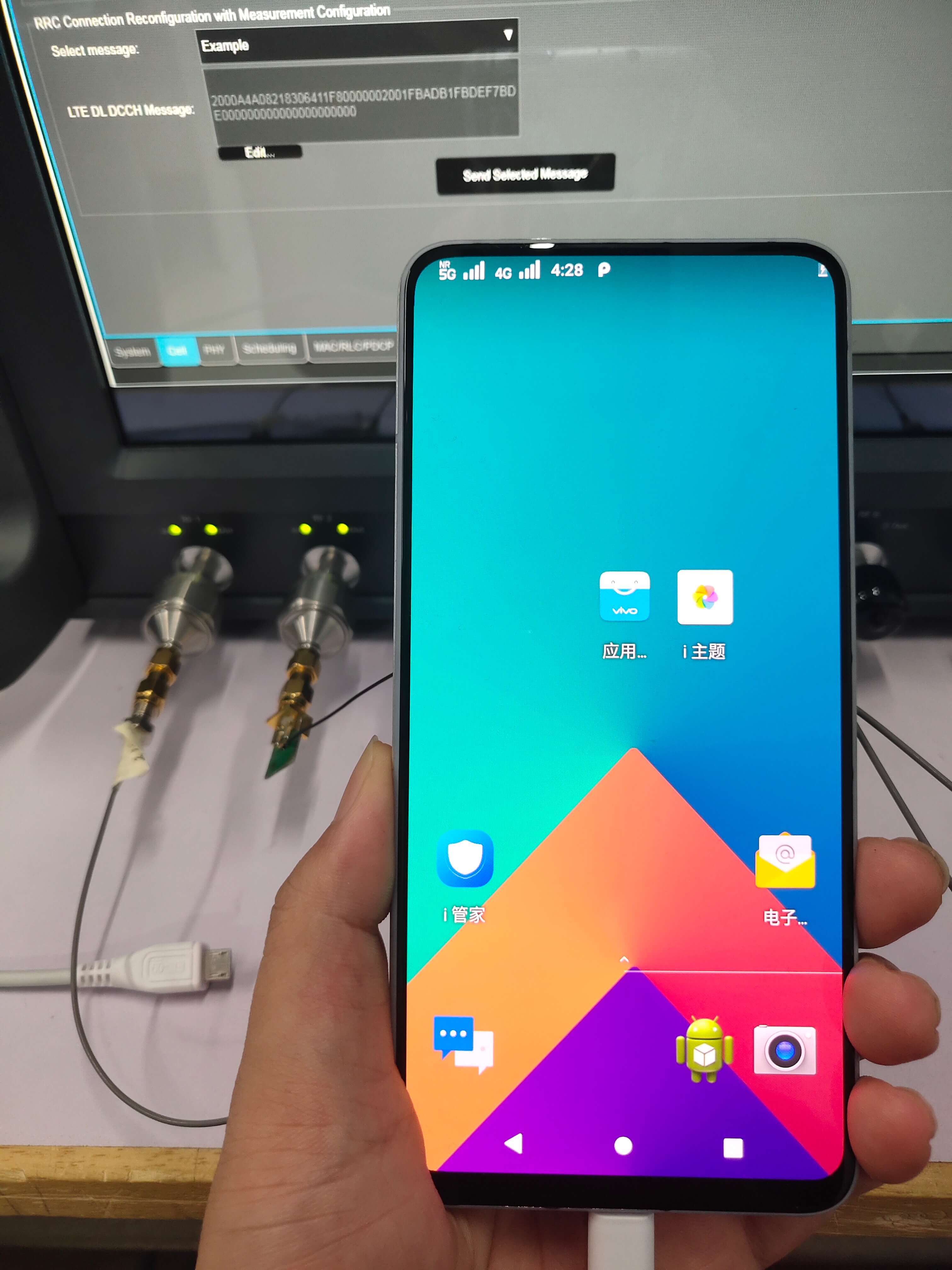Vivo has announced its plans to spearhead the development of pre-commercial 5G devices by introducing ground-breaking 5G software and hardware based on the Vivo NEX series.
 The company has already completed the initial development of 5G smartphone software and hardware. Running on the X50 modem from Qualcomm, Vivo has already finished initial architecture planning, 3D placement stacking, RF /antenna designs and optimized battery space within NEX to deliver 5G capabilities.
The company has already completed the initial development of 5G smartphone software and hardware. Running on the X50 modem from Qualcomm, Vivo has already finished initial architecture planning, 3D placement stacking, RF /antenna designs and optimized battery space within NEX to deliver 5G capabilities.
In fact, the 5G version of the NEX has already passed the first phase of protocol and signaling tests with Keysight UXM 5G Signaling. The next step would be IODT tests with 5G infrastructure and networking equipment. The company is pushing to launch its first batch of commercial 5G smartphones by 2019.
The 5G version of the NEX supports the non-standalone architecture (NSA) model, which includes dual connection for both LTE and New Radio (NR) based on 3GPP Release 15 Standards.
[su_quote cite=”Alex Feng, Senior Vivo President of Vivo”]The 5G era will spark abundant and new possibilities for the smartphone industry. The combination of 5G and AI Technologies will turn smartphones into intelligent platforms which will take the industry to new heights. We foresee that with 5G and AI, the smartphone will become the sensory, control and service hub for consumer lives.[/su_quote]
Vivo has already set up its 5G research institute in Beijing last 2016, and has become one of the main contributors at the 3GPP standard group to develop 5G technologies. It has also activated 5G antenna and RF related developments to increase the pace of 5G innovation, partnered with China Mobile on the “China Mobile 5G Device Forerunner Initiative” and has also been working closely with Qualcomm on 5G developments, including recently the successful design and integration of new 5G mm-Wave (millimeter wave) antenna arrays into a Vivo commercial form factor.
Emman has been writing technical and feature articles since 2010. Prior to this, he became one of the instructors at Asia Pacific College in 2008, and eventually landed a job as Business Analyst and Technical Writer at Integrated Open Source Solutions for almost 3 years.






